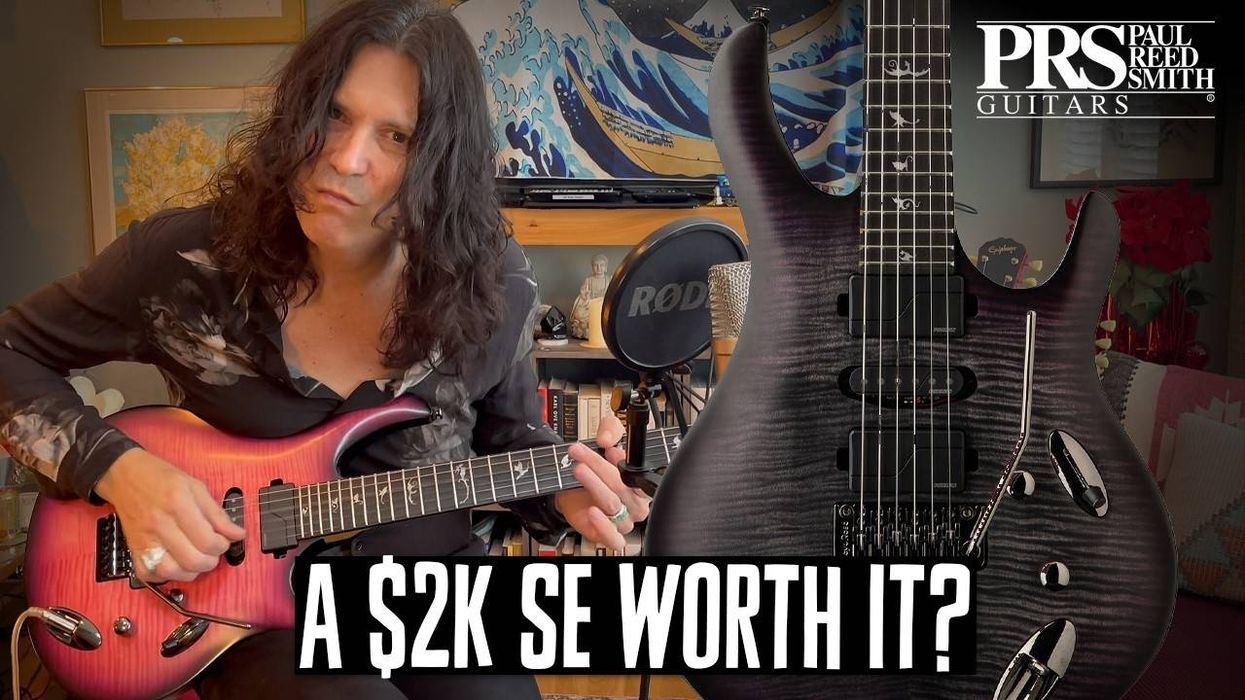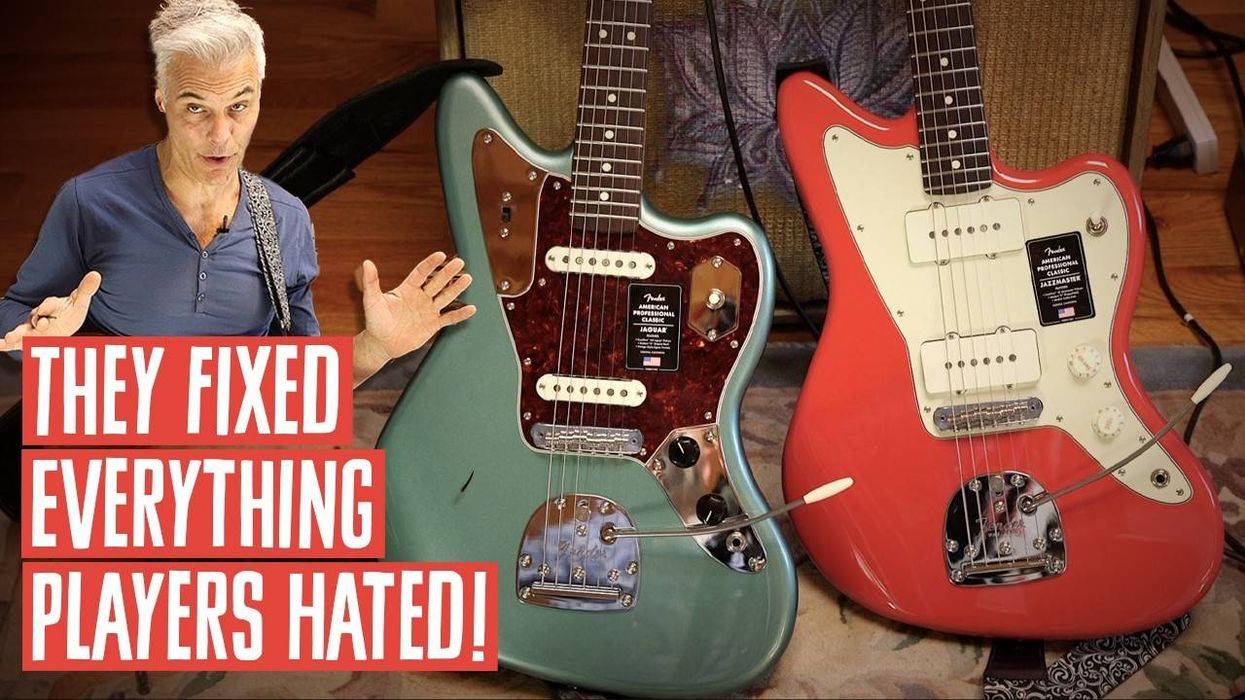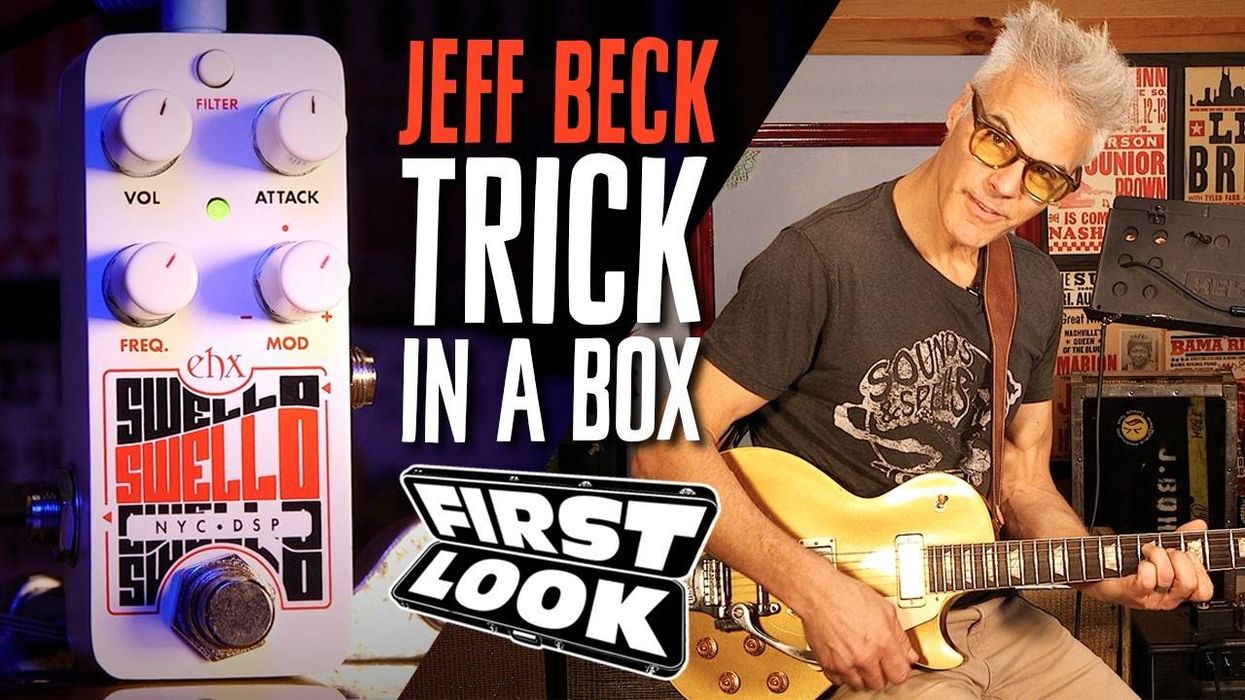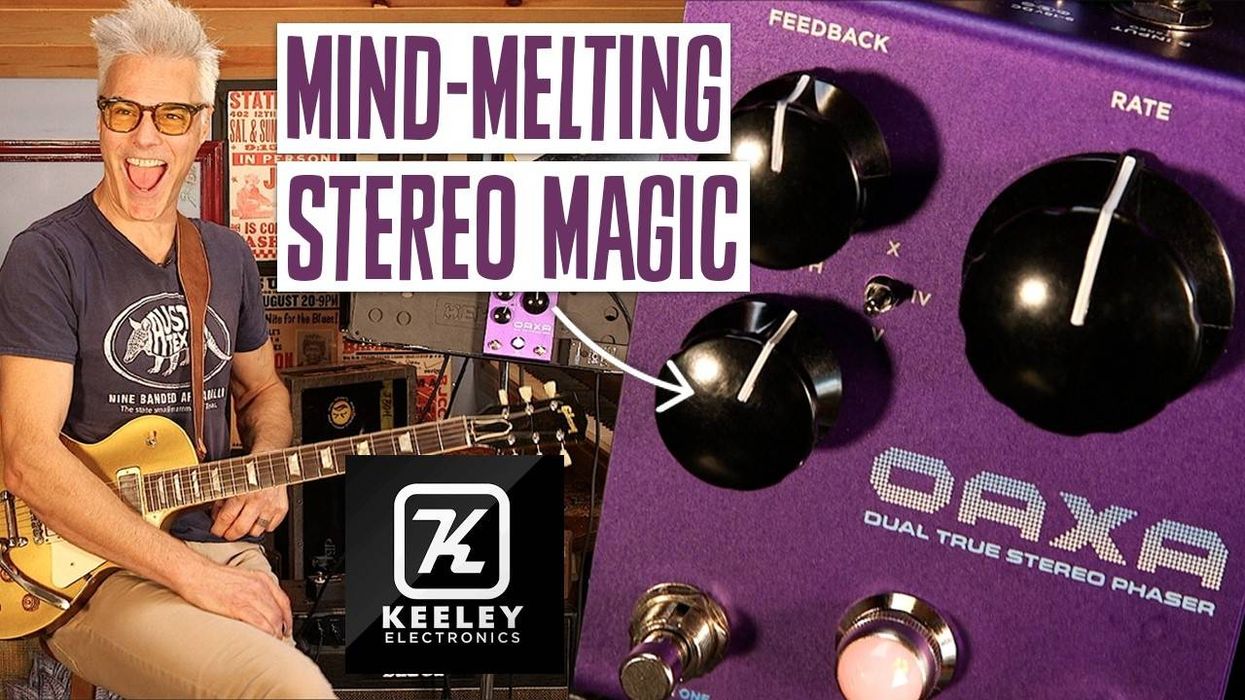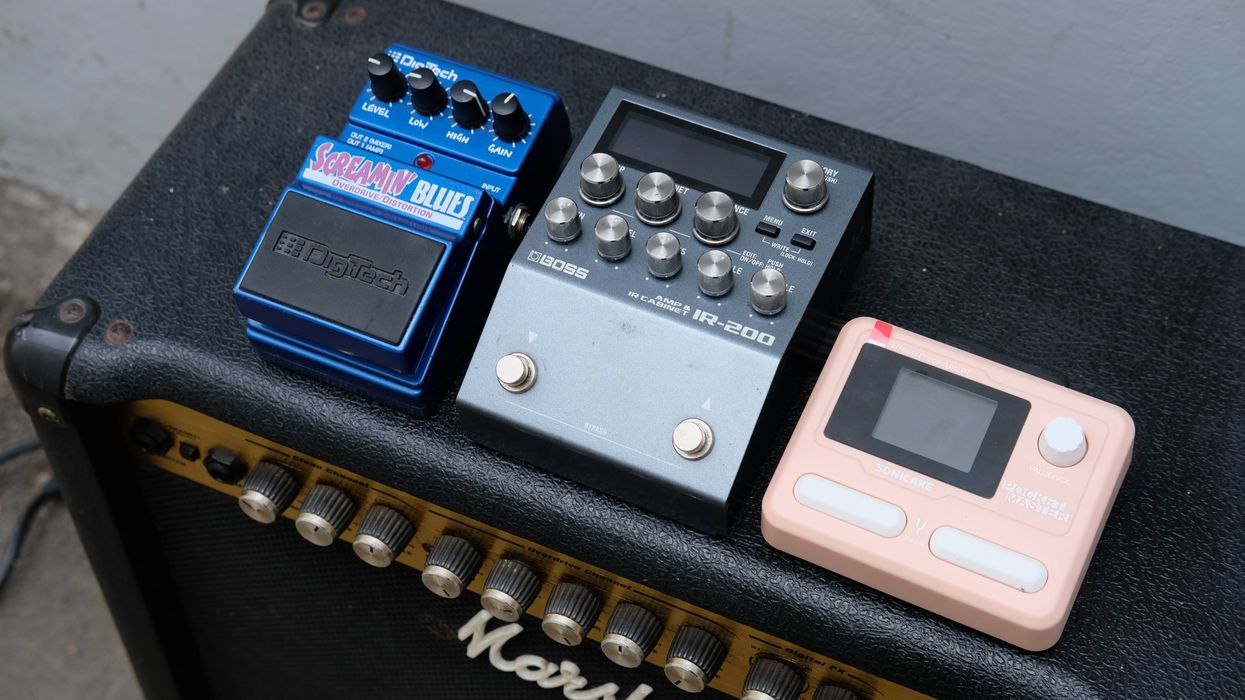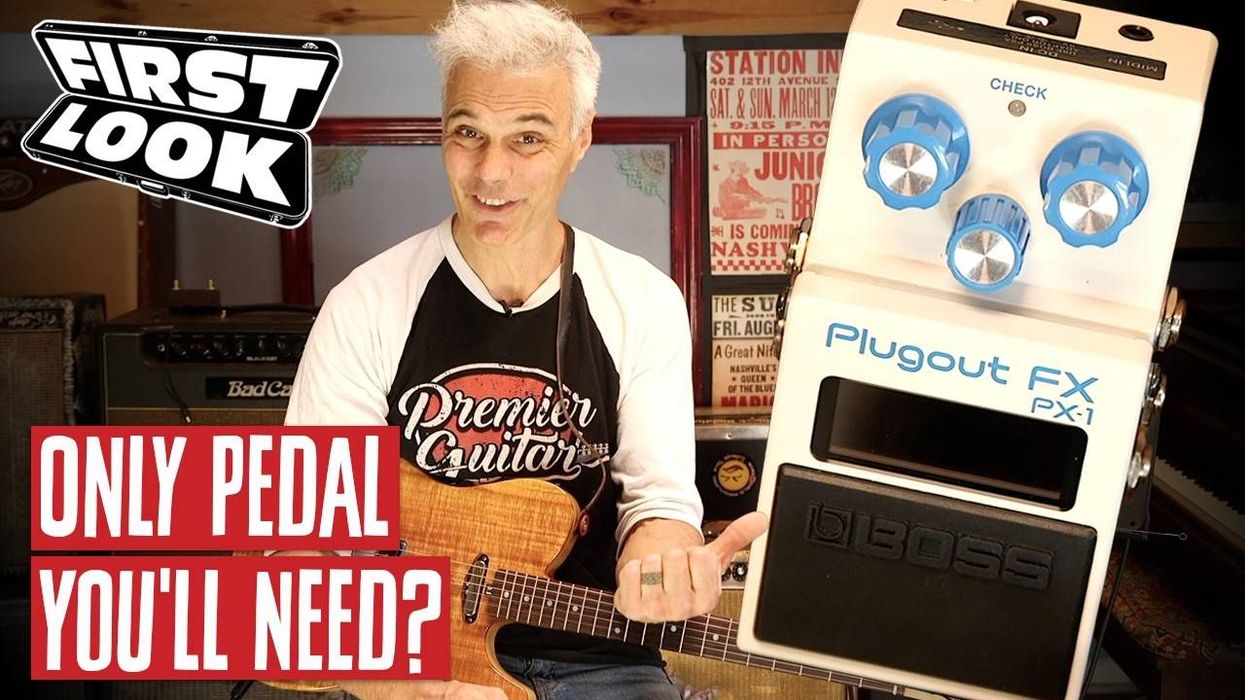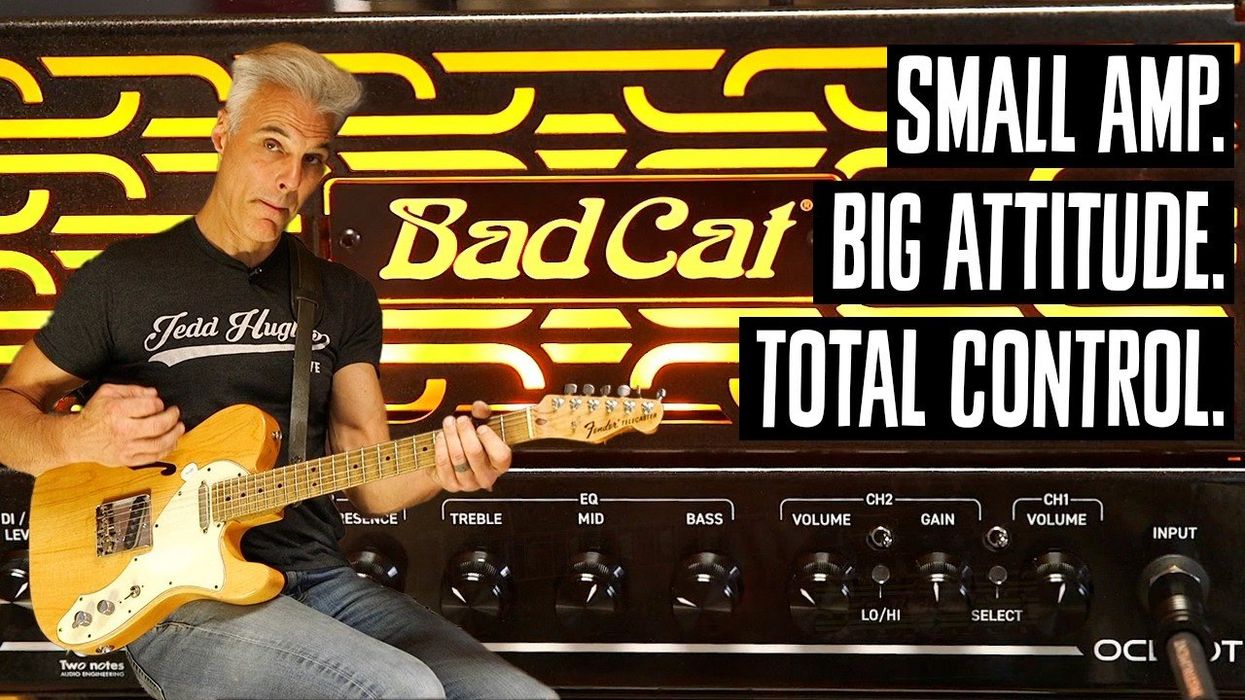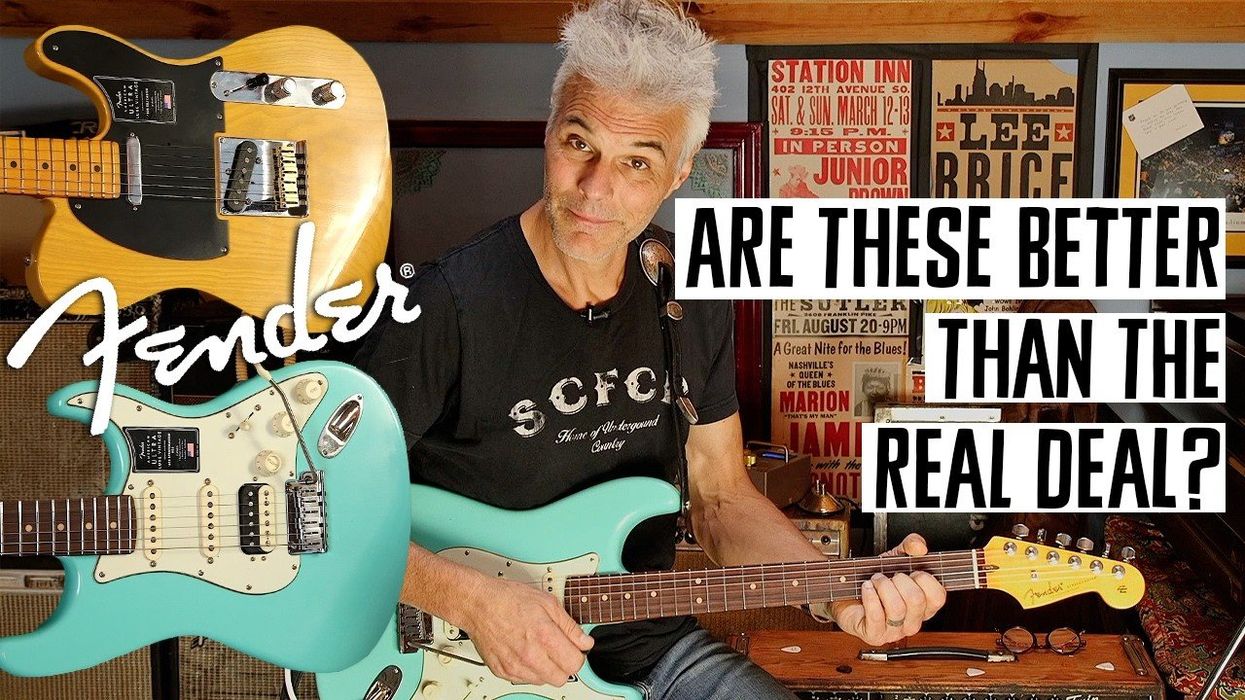Skeletonized scalloped bracing makes this most untraditional Martin flattop light and extra resonant.
Martin GPCE Inception Maple Demo | First Look
Martin GPCE Inception Maple Demo | First Look
By John BohlingerJan 22, 2024
John Bohlinger
John Bohlinger is a Nashville-based multi-instrumentalist best known for leading the band on NBC's Nashville Star, serving as music director for the CMT Awards and specials on PBS and GAC, and of course for his appearances in PG Rig Rundown, Review Demo, Axes & Artifacts, and What Bohlinger Plays videos.



